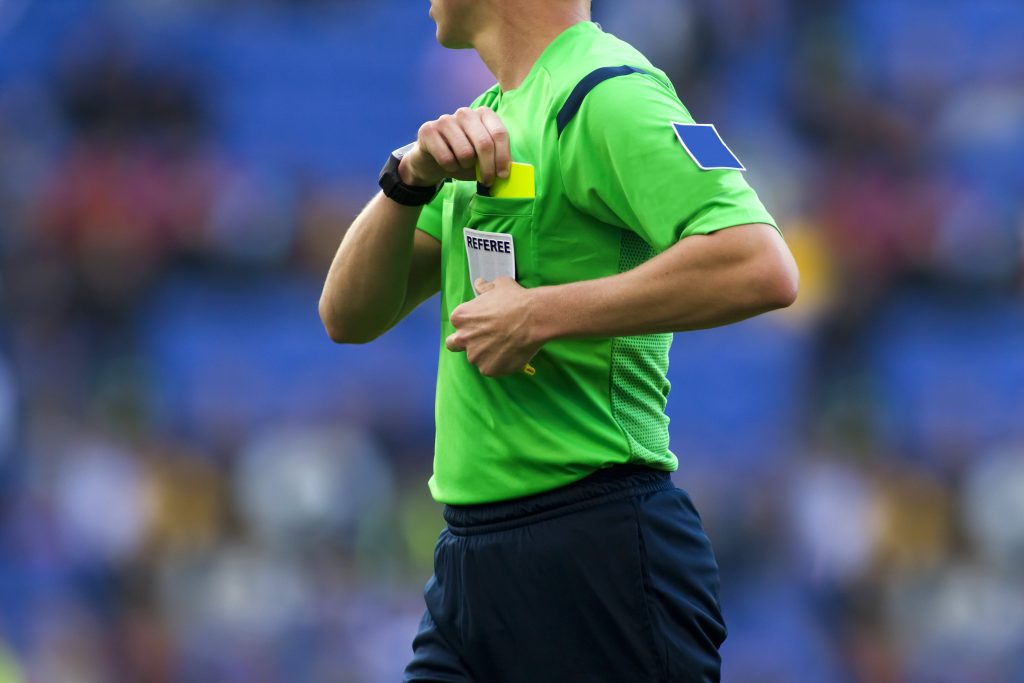The role of LGBT-focused sport group involvement in reducing minority stress

Project Summary OBJECTIVES Sexual minority identity (e.g., gay, lesbian, bisexual, trans; LGBT) is largely stigmatized and stigmatization has been linked to detrimental mental and physical health outcomes. Sexual minority individuals are often motivated to conceal their identities to protect themselves from rejection but this concealment comes with the costs of anxiety about disclosure and preoccupation…
Evaluating Impact using the RE-AIM Framework

For any organization, the ability to demonstrate impact — to funders, board members, and other stakeholders — is crucial. Demonstrating the value of an organization, project, or service is important to access financial support, engage stakeholders, and achieve organizational objectives (Fedorciow, 2012). Within the Canadian sport system, sport administrators are increasingly required to design and…
3D Model for Figure Skating
A new mathematical model developed by researchers at the University of Alberta reveals how figure skaters move across the ice in three dimensions. Their findings could help skaters hone their technique or avoid common injuries like spiral fractures in the lower leg.
Match Manipulation and Gambling in Sport

The Canadian Centre for Ethics in Sport (CCES) and McLaren Global Sport Solutions Inc. (MGSS) hosted the first-ever Symposium in Canada addressing the issues of match manipulation and gambling in sport in 2019. Following the Symposium, a White Paper was produced by CCES and MGSS titled “Match Manipulation and Gambling: A Growing Threat to Canadian…
Youth Behaviour Trajectories
Longitudinal studies allow us to observe behavioural changes and identify patterns over time, providing unique insight on how behaviours are affected by life events. New research using data from the Monitoring Activities of Teenagers to Comprehend their Habits (MATCH) study, which followed nearly 1,000 children for eight years, describes how Canadian youth follow different trajectories…
Swimming Biomechanics
Competitive swimmers use an undulatory underwater swimming technique that until now, was little understood. Scientists from the University of Tsukuba in Japan used underwater 3D motion capture and stereo particle image velocimetry to discover how swimmers gain thrust by creating vortices around the foot during the downward kick, which collide to form a jet.
“We Are Headstrong”
Two years ago, SIRC launched the “We Are Headstrong” campaign, supporting a nation-wide discussion about concussion management and prevention. For Throwback Thursday, we reflect back on the importance of a harmonized approach, leveraging the data, and continued learning to changing the sport concussion landscape in Canada.
Basketball AI
The use of machine learning and artificial intelligence in basketball has advanced in-game analysis, enabling coaches to more accurately predict player and team performances by identifying trends. Read how these techniques are revealing new insights about individual players, their teams and their opponents, promising future changes in how the pros play basketball and how the…
Moneyball
Data analytics gave the Oakland A’s a competitive advantage…until the Moneyball book and film were released. The use of data analytics has since spread throughout the sport world, negatively impacting the A’s advantage. Researchers from the University of Toronto advise, “If you have a built-in advantage, don’t ever talk about it.”
Canadian Paralympic Committee Research
“Within Swimming Canada’s Paralympic Program, we take a two-pronged approach to research, tackling the challenges that can help our swimmers and coaches in Tokyo while at the same time looking for answers to enhance and strengthen our system for the long term.” – Wayne Lomas, Swimming Canada. Learn how the Canadian Paralympic Committee is working…